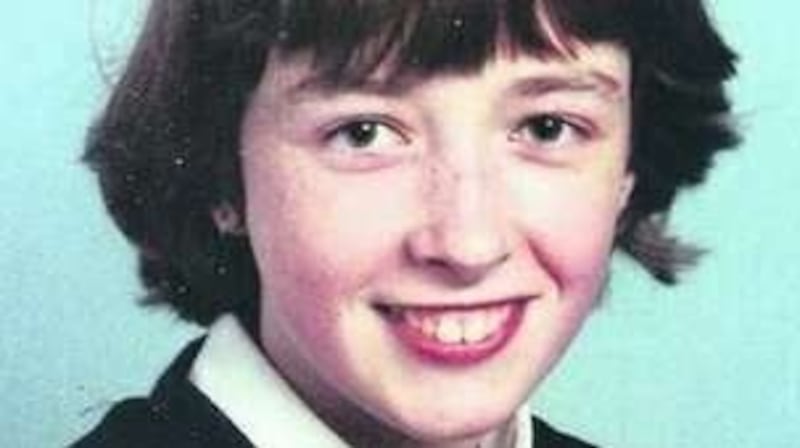Behind the headlines exists the banal and everyday; ordinary stories that are often overlooked in the official narrative of the hunger strikes. When Newry woman Bronagh McAtasney recently rediscovered her teenage diary, she also unearthed a powerful and under-told narrative – that of a teenage girl, struggling to become a woman, fanatical about pop music, but also mindful of the uncertainty that existed around her.
McAtasney now tweets daily snippets of her teenage diary @NrnIrnGirl1981. With followers ranging from politicians to teachers and approaches being made from TV producers and playwrights, it's clear that there is an appetite for this neglected story – one that places politics, human interest and popular culture on an equal footing in the mind of a teenage girl in 1981.
As McAtasney explains: “Five years ago, my sister gave me my 1981 diary, found at the back of a drawer. We read it together and laughed at the old memories and the preciousness of 13-year-old me but I realised there was more to it than family stories. In between entries about riding my bike around Newry, or proclaiming my love for Suggs there were mentions of death, tragedy and hunger strikers. Just passing thoughts most of the time – five soldiers killed here, a Catholic shot there. In early summer, though, it became more pervading as one after another, hunger strikers died. I recorded how girls from south Armagh wore armbands and how big the funeral corteges were, how the mothers and young sons cried. I wore a H Block badge to school and my mother nearly killed me – more aware than I could ever be of the repercussions. The hunger strikers were our pop band. Their faces hung on our walls, their names drilled into us.

And yet, the drama of my own life was far more important to me really. I recorded these events because they were all around me but at the time I was really far more concerned about whether or not I would get a Valentine’s card, or if the boys would be hanging about outside Woolworths. No matter what was going on around us, we were teenagers first and foremost, as tormented by the nuances of teenage life as any 13-year-old in Glasgow, Manchester or indeed anywhere else in the western world.
It was a running joke in Northern Ireland to call yourself a “child of the Troubles”. As teenagers, pushing boundaries and seeking out adventure, we would hunt out the camera crews, try to get in the background of news reports, revel in the fact that the attention of the world was on us.
The international headlines at the time represented a single, simplistic account of Northern Ireland: men starving themselves to death, bombs, shootings, and terrorism. But they of course only told one story; life went on as it always does in times of war. People took the long way round a bomb scare to get to work, families were searched by the security forces before going shopping, children stepped around soldiers as they went to school. In films and documentaries we (the banal everyday, “normal” people) made for good background shots, bland context for the prescribed narrative.
We aren’t the people who get commemorated in murals and songs but our stories are important. When everything was falling apart around us, we needed the family politics, the teenage angst, the homework rants, to help create a semblance of normality. We needed the ordinary to ensure the extraordinary did not become our accepted norm. Of course it wasn’t normal, but it was normal to us. “Ordinary” life – whatever that is – does not stop at the dawn of war and the diary of a 13-year-old girl in 1981, my diary, helps to breathe life into the people in the background, it helps give our stories the attention they deserve.
Bronagh McAtasney is a writer from Newry. In 2015 she was awarded an Artist Career Enhancement grant from Arts Council NI to develop her writing around under-told narratives of the Troubles. Dr Oonagh Murphy is associate professor of visual arts management and curating at Richmond the American International University, in London
Tomorow, March 1st, marks the 35th anniversary of Bobby Sands going on hunger strike. The Irish Times will publish a series of articles online as part of an ongoing collaboration with academics holding a symosium in London this summer marking the event


















